Investors should ignore supply chain noise about the iPhone 5c and trust that Apple made the right move in maintaining its margins, one prominent analyst said on Thursday.
Maynard Um of Wells Fargo Securities believes Apple's pricing strategy with the iPhone 5c, making it the company's mid-range phone with a $99 on-contract price, will pay off in the long run. He noted that last year's mid-range smartphone, the iPhone 4S, saw its sales ramp up heading into November and December, as more casual buyers showed interest during the holiday shopping season.
Some market watchers believe Apple should have priced the iPhone 5c more aggressively, in an attempt to take market share away from low-end smartphones running Google's Android platform. But doing so would have been too risky of a move, Um believes.
If Apple had taken lower margins and hoped for unit volumes to offset, there would have been "no guarantee of price elasticity driving volumes," he said. In addition, a cheaper iPhone 5c may have resulted in even greater margin pressures as Apple transitioned to its next models in 2014.
"We believe the certainty was the right choice and would not necessarily discount demand yet," Um said.
The analyst's comments came in response to reports this week from both The Wall Street Journal and Reuters, which cited anonymous sources as indicating that Apple was cutting orders for the iPhone 5c. The Journal initially speculated that changes in the supply chain could signal "weaker-than-expected consumer demand," but later clarified to say that any apparent reductions "may not be all bad."
Apple Chief Executive Tim Cook himself warned analysts earlier this year that reading too much into supply chain data can be a critical mistake.Maynard Um of Wells Fargo Securities isn't concerned about supply chain data, and he believes iPhone 5c sales could pick up heading into the holiday season.
"The supply chain is very complex, and we obviously have multiple sources for things," Cook said. "Even if a particular data point were factual, it would be impossible to interpret that data point as to what it meant for our business."
To that end, Um said in his note to investors on Thursday that supply chain data has been "hit or miss," suggesting he's not concerned by the latest reports.
"Regardless, we believe it would be more prudent for Apple to manage the channel (despite potential holiday demand) as the risk of excess inventory is much higher than ramping unit orders later," he said.
As for a series of discounts offered by retailers for the iPhone 5c, Um noted that this is a typical strategy for third-party resellers. He doesn't see discounts on the newly released model as concrete evidence of soft demand for the iPhone 5c.
"As has been the case in the industry for years, third-party resellers derive profits from carrier 'finder's fees,' which can amount to $250 depending on a number of factors, including whether it's a new contract or an upgrade," he said. "Thus, a price 'drop' is not necessarily a reflection of materially weak demand, but, rather, a business model strategy to drive volumes."
Wells Fargo Securities has maintained its "outperform" rating for AAPL stock with a share valuation range of between $525 and $575.
 Neil Hughes
Neil Hughes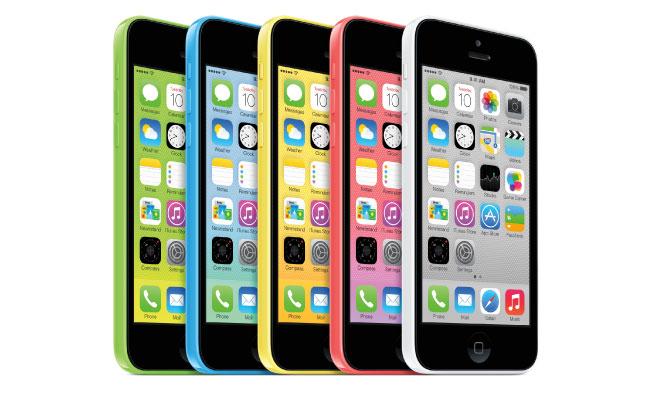
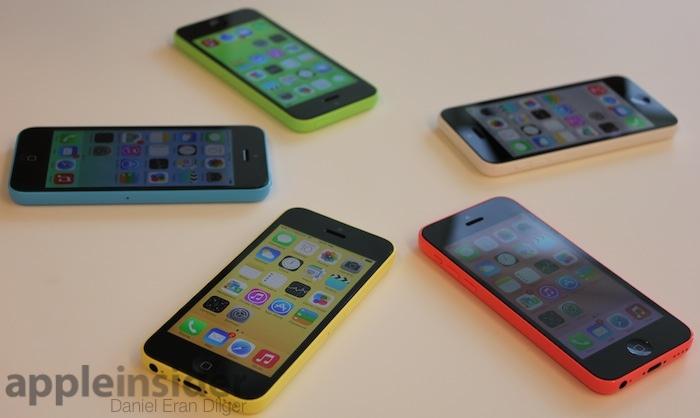







-m.jpg)






 Malcolm Owen
Malcolm Owen
 Amber Neely
Amber Neely


 Christine McKee
Christine McKee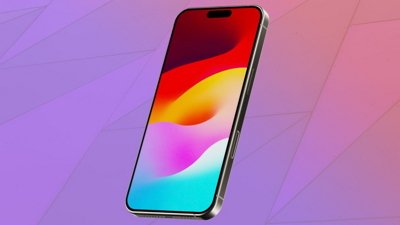

 Chip Loder
Chip Loder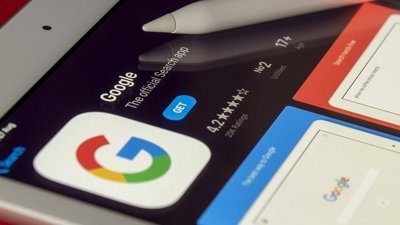
 Marko Zivkovic
Marko Zivkovic

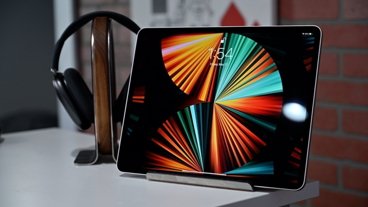







40 Comments
number of CEOs to build the largest company in the world: one number of CEOs helming the largest company in the world: one number of sloppy armchair quarterback analysts who think they can do a better job: too many seeing said analysts fall flat time after time: priceless. sadly, there are very few consequences for the analysts when they mess up, and they do that quite often and in big ways. [SIZE=2](i'm sure someone can do a better job on the "priceless" ad ... please do ... it's too early for me.)[/SIZE]
Must be a hoax - an analyst that says Apple knows what they are doing - must be the clearest evidence yet that Apple is DOOOOOOMED!
Discounts were offered on the 5c even before they were made available for pre-order. This tells me the discounts, at least initially, were driven by competition among third party retailers selling a device with plenty of supply as opposed to a shortage of demand. Of course, you usually do not discount a product if there is a shortage of supply because you would have sold the product anyway at full margins at full retail price. That is, of course, unless you were trying to get publicity to drive traffic to your stores...like Wal-Mart did by discounting both the 5c and the 5s...dispite the fact they sold every 5s they could get their hands on...and could have sold all they had even at full price.
Why can't the majority of analysts grasp apples simple pricing structure? 5S higher. 5C mid. 4S lower. Note to analysts: Apple HAS a low priced phone.
[QUOTE]He noted that last year's mid-range smartphone, the iPhone 4S, saw its sales ramp up heading into November and December, as more casual buyers showed interest during the holiday shopping season.[/QUOTE] Yes, the 4S Apple did absolutely NOTHING to promote, nor did they change in any respect -- unlike he 5c into which they have invested a massive amount in marketing alone, not to mention R&D, engineering, factory set up and tooling, etc. How can these two phones be evaluated on the same level in any way? Apple used two manufacture two basic models of the iPhone, all of which had debuted as the flagship before being discounted with no changes. So how can Apple invest heavily and support yet one additional model that sells no better than its historical predecessor in the same spot on the food chain? No matter how you slice it, it seems to me like they are losing money.